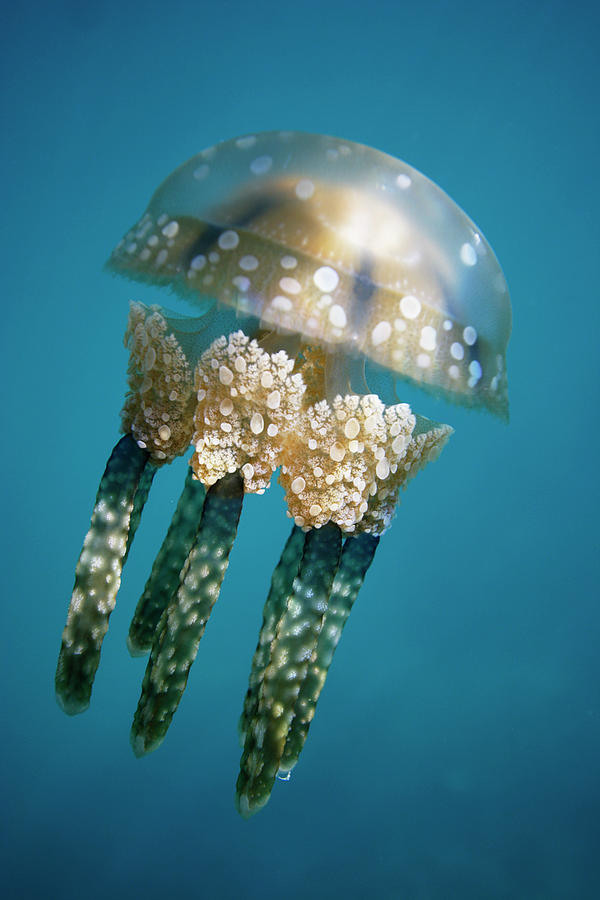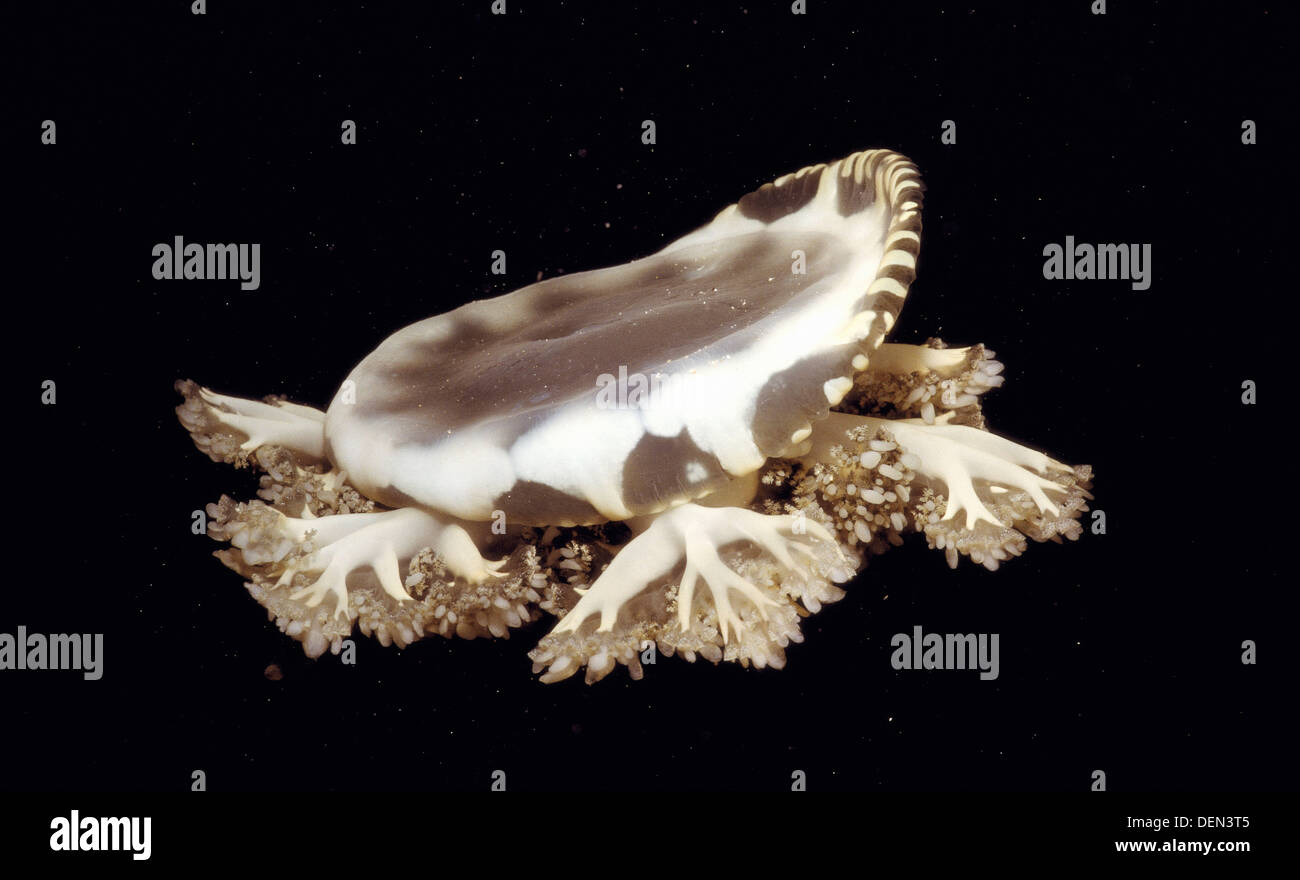
Effects of anthropogenic disturbance on the abundance and size of epibenthic jellyfish Cassiopea spp. Stoner, Elizabeth & Layman, Craig & Yeager, Lauren & Hassett, Heather. Jellyfish and Ctenophore Blooms Coincide with Human Proliferations and Environmental Perturbations.

Journal of the Marine Biological Association of the United Kingdom. Climate effects on formation of jellyfish and ctenophore blooms: A review. It inhabits shallow, quiet, sunlit, tropical, marine waters, usually on soft bottoms. The cloudy matter floating above and to the left of the jellyfish is a. Cassiopeia xamachana is known as the 'upside down jellyfish' because it lies on the bottom with the aboral surface down, against the sand, and the oral surface up, exposed to the overlying water. 10.1016/j.seares.2017.08.006.įlorida Fish and Wildlife Commission, 2019. The animal prefers to be upside down, with its bell facing the sea floor and oral arms facing upwards toward the light. Three Cassiopea, or upside-down jellyfish, seen from above in a lab at the Smithsonian’s National Museum of Natural History. Cellular respiration, oxygen consumption, and trade-offs of the jellyfish Cassiopea sp. Select from 106 premium Cassiopeia Jellyfish of the highest quality. Leatherback, green, and loggerhead sea turtles, feed on the upside-down jellyfish.Aljbour, Samir & Zimmer, Martin & Kunzmann, Andreas. Find Cassiopeia Jellyfish stock photos and editorial news pictures from Getty Images. Not only acting as food, the symbiotic algae living in the jellyfish’s body produces oxygen, allowing the jellyfish to survive in oxygen-poor water.Ħ.

This allows the upside-down jellyfish to easily access organic nutrients. The primary subset of their diet is from the symbiotic relationship with plankton that reside in the underside of the bell and require sunlight in order to photosynthesize nutrients for the organism. In addition to direct stings, indirect stings have also been reported from swimming amongst their habitat.ĥ.

Though their stings are mild, research shows that excessive exposure may be detrimental to humans. Upside-down jellyfish have the ability to sting humans, but it isn’t very poisonous or deadly. In Bermuda, they can be seen at Walsingham Pond, Harrington Sound, Waterville, or the lagoon at Paget Island.Ĥ. They prefer a habitat with a shallow, muddy bottom, so these jellies can be found in brackish ponds, inshore bays, and mangroves. Their coloration can range from gray-blue to green and they are often found in groups.ģ. The bell of the adult jelly is concave acting like a suction cup to adhere to the ocean bottom and it is sedentary throughout the majority of its lifecycle.Ģ.

Located in the waters around North America’s coast, this jellyfish species is actually completely colorless, hence its name This beautiful specimen has around 150 tentacles lining its glass-like bell and in the daylight looks crystal clear. While most jellies drift with the current, their tentacles pointed downward, this striking jelly lies on its bell on the seafloor. Coming in at number one is the Crystal jellyfish. Members of the genus measure more than 100 mm (4 inches) in diameter. They are found in warmer coastal regions around the world, including shallow mangrove swamps, mudflats, canals, and turtle grass flats in Florida, and the Caribbean and Micronesia. Cassiopea, genus of marine jellyfish constituting the order Rhizostomeae (class Scyphozoa, phylum Cnidaria) and found in tropical waters. Here are 7 facts about the Cassiopeia jellyfish you probably don’t already know.ġ. Cassiopea (upside-down jellyfish) is a genus of true jellyfish and the only members of the family Cassiopeidae. Also known as the upside-down jellyfish or mangrove jelly, this strange creature is very different from the average jellyfish.


 0 kommentar(er)
0 kommentar(er)
